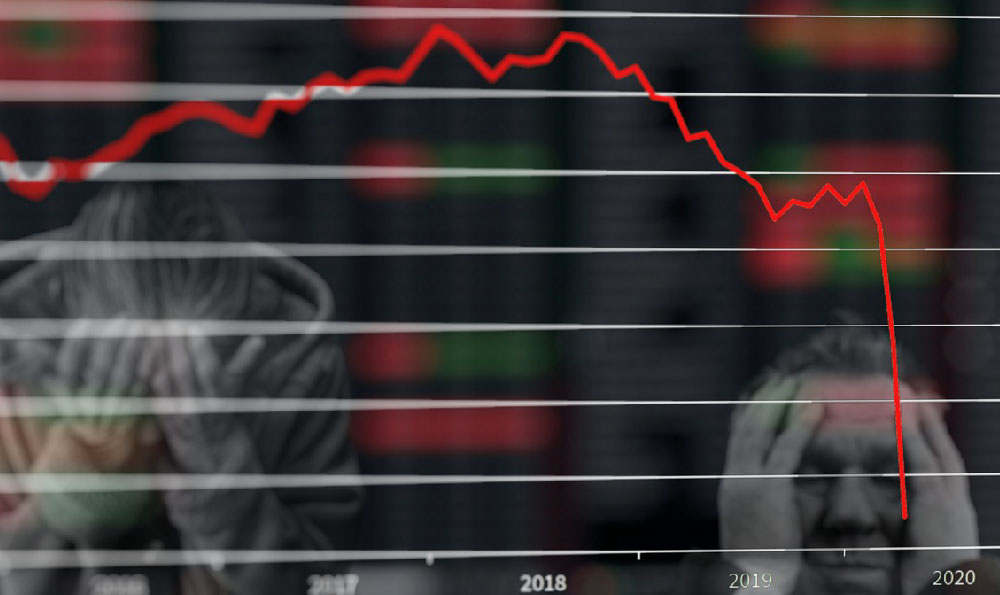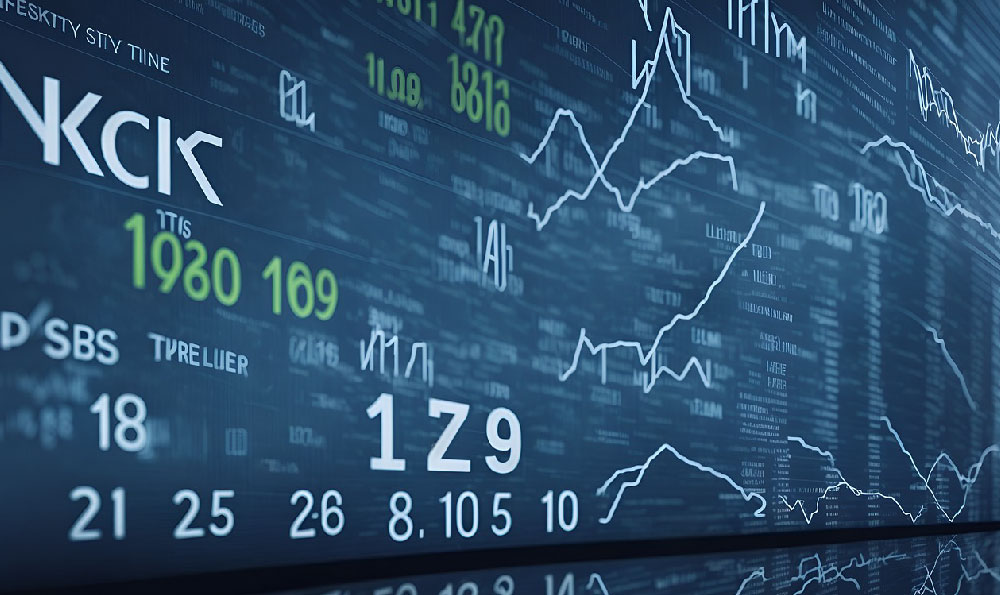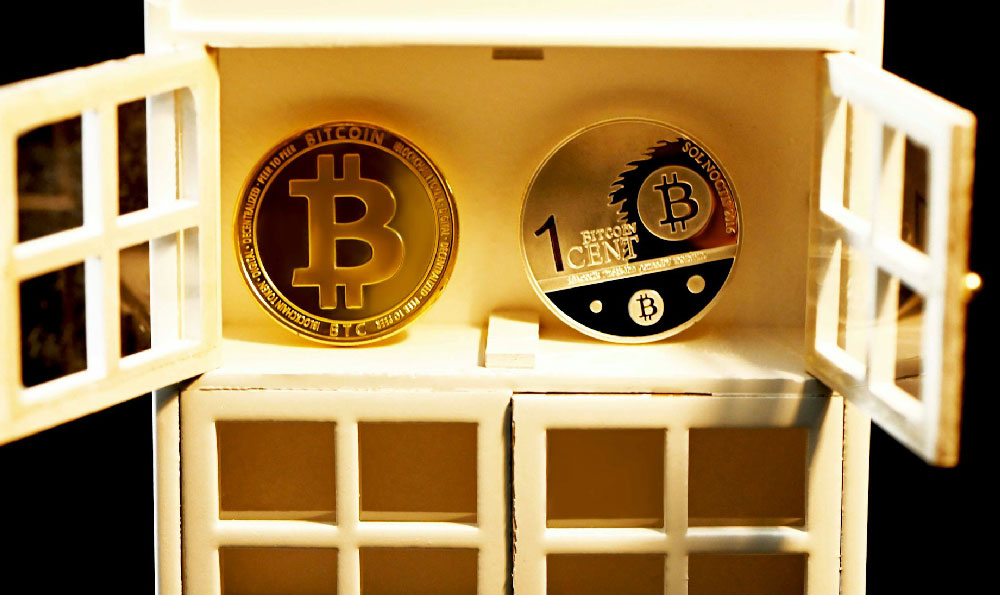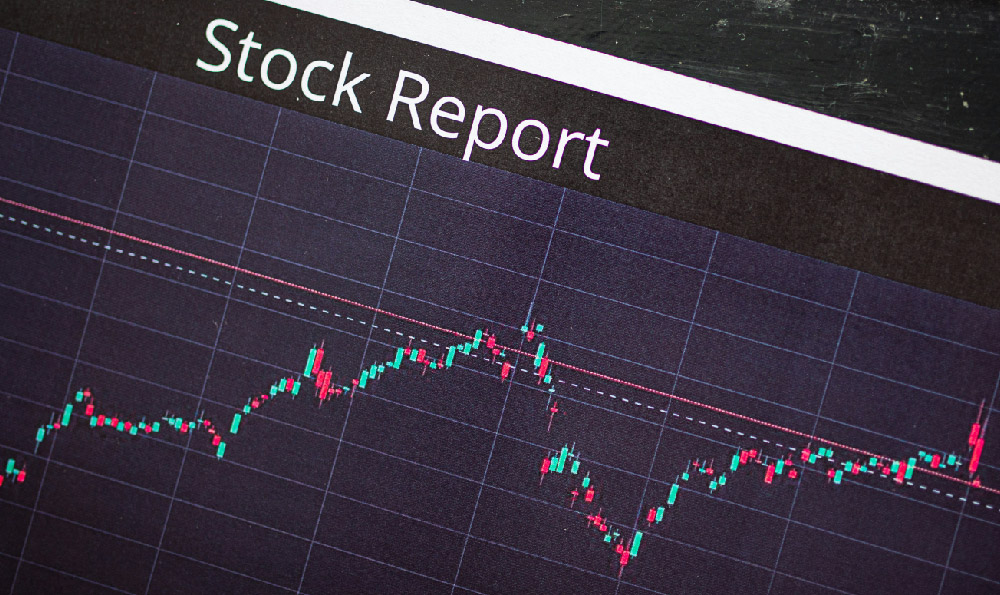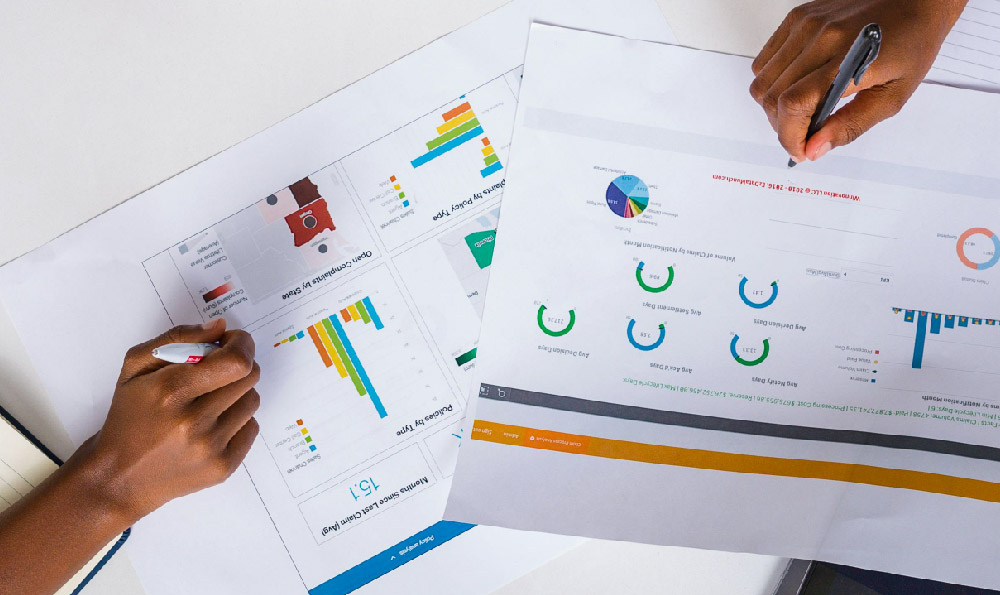The Russian Ruble, once a symbol of national pride, has become a subject of intense scrutiny and debate in the global financial landscape. Its value, historically intertwined with the nation's vast energy reserves and geopolitical influence, has experienced significant volatility in recent years. This instability naturally begs the question: is investing in rubles a shrewd opportunity or a perilous gamble? The answer, as with most investment decisions, lies in a nuanced understanding of the underlying factors, risks, and potential rewards.
Understanding the Ruble's Historical Performance is crucial before considering any investment. The Ruble's value is inextricably linked to the price of oil and natural gas, Russia's primary exports. When energy prices are high, the Ruble tends to strengthen, driven by increased foreign currency inflows. Conversely, when energy prices decline, the Ruble often weakens. Geopolitical events and international sanctions have also significantly impacted the Ruble's value, causing sharp depreciations during periods of heightened tension. The annexation of Crimea in 2014, for instance, triggered a significant Ruble crisis, highlighting the currency's sensitivity to political risks. Economic factors within Russia itself, such as inflation rates, interest rate policies by the Central Bank of Russia, and overall economic growth, also play a vital role in determining the Ruble's strength. High inflation, for example, erodes the purchasing power of the Ruble, leading to its depreciation against other currencies. The Central Bank's interest rate decisions can also influence the Ruble; higher interest rates can attract foreign investment, potentially strengthening the currency, while lower rates may stimulate economic growth but could also weaken the Ruble.
Evaluating the potential rewards of investing in Rubles necessitates a careful assessment of Russia's current economic and political climate. One potential scenario for Ruble appreciation is a significant and sustained increase in global energy prices. In this case, the increased revenue flowing into Russia could bolster the Ruble's value. Another potential driver could be a shift in international relations, leading to the easing of sanctions and increased foreign investment in Russia. Additionally, if the Central Bank of Russia implements effective policies to control inflation and stimulate economic growth, the Ruble could experience a resurgence. Investing in Ruble-denominated assets, such as Russian government bonds or corporate bonds, could offer attractive yields compared to those in developed markets. However, it's essential to remember that these higher yields often reflect the higher level of risk associated with investing in Russia.
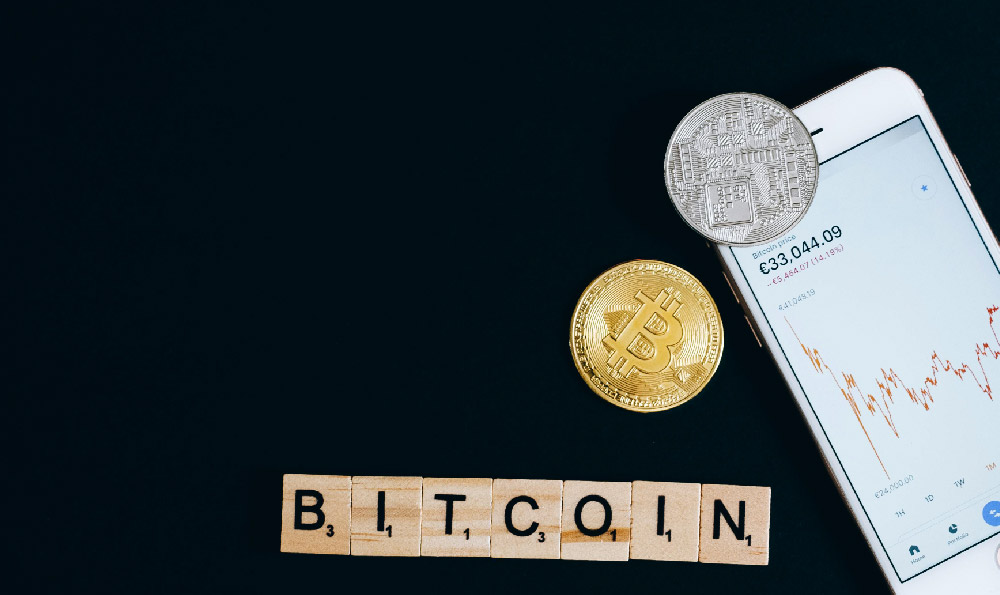
Conversely, the risks associated with investing in Rubles are substantial and cannot be ignored. Geopolitical risk remains a primary concern. Further escalation of international tensions or the imposition of new sanctions could trigger a sharp depreciation of the Ruble. Russia's heavy reliance on energy exports also makes the Ruble vulnerable to fluctuations in global commodity prices. A significant drop in oil or gas prices could severely impact the Russian economy and weaken the currency. Political instability within Russia is another factor to consider. Although Russia has a stable political structure at the moment, unexpected shifts in leadership or policy could create uncertainty and negatively affect the Ruble. Moreover, the Russian economy faces structural challenges, including a lack of diversification and a dependence on natural resources. These challenges could limit the long-term growth potential of the Russian economy and put downward pressure on the Ruble. Currency controls and capital restrictions, which Russia has occasionally implemented in the past, also pose a risk to investors. These measures could limit the ability to move capital in and out of the country, potentially trapping investors in a depreciating currency.
Diversification is a fundamental principle of sound investment strategy. Concentrating a significant portion of your portfolio in Ruble-denominated assets would be highly risky, especially given the currency's volatility and exposure to geopolitical risks. Instead, consider allocating only a small percentage of your portfolio to Ruble-based investments, if at all, as part of a broader diversification strategy that includes assets in various currencies and asset classes. Before making any investment decision, conduct thorough research and due diligence. Stay informed about the latest economic and political developments in Russia, as well as global trends that could impact the Ruble. Analyze the financial statements of any companies or governments you are considering investing in, and carefully assess the risks and potential rewards. Seek advice from a qualified financial advisor who can help you evaluate your risk tolerance and investment goals and develop a personalized investment strategy.
Ultimately, deciding whether to invest in Rubles requires a careful balancing act between potential rewards and substantial risks. There is no one-size-fits-all answer, and the optimal approach will depend on individual circumstances, risk tolerance, and investment objectives. Those with a high risk tolerance, a long-term investment horizon, and a deep understanding of the Russian economy and political landscape might consider allocating a small portion of their portfolio to Ruble-denominated assets. However, for most investors, the risks associated with investing in Rubles likely outweigh the potential rewards, especially given the availability of alternative investment opportunities with lower risk profiles. It’s crucial to remember that investing always involves risk, and past performance is not indicative of future results.


